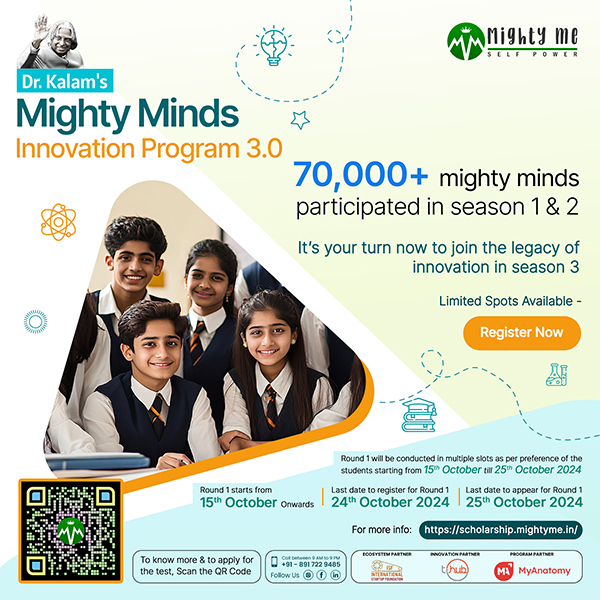The insurance institution, conceived first in the fourth century, has changed tremendously in recent years. While the fundamental concept of the industry remains the same, the approach towards the fundamentals isn’t the same as it used to be before.
This approach results from multiple factors, such as New protection gaps, new distribution models, underlying customer expectations fuelled by the pandemic, low-interest rates, and emerging competition in the form of insuring techs, which has made the industry assess its priorities. Differentiation with technology focussed on customer engagement, servicing, and innovation is the key to gaining long-term value in the growing market. Capgemini Research Institute ranks trends under ‘Customer centricity’ and ‘Business resilience’ as pillars to drive this growth.
In this blog, Capgemini – being a trusted partner to insurers from across the globe – delves deeper into these themes with a focus on the following:
- Business Resilience – Transforming the product through technology
- Customer centricity – Innovation to meet evolving customer expectations
1. Business Resilience – Transforming The Product Through Technology:
The products and service offerings are changing in the Life and Pensions (L&P) and the Property and Casualty (P&C) insurance domains.
a) Usage-based pricing: Traditionally, insurance policies have been priced based on actuarial and projected statistical data on losses, customer segments, market size, etc. However, today’s price-sensitive market is moving towards dynamic pricing models based on customer behaviour and consumption, commonly known as Usage-based Insurance or UBI.
The global UBI market size, valued at $28.7 billion in 2019, is projected to reach $149.2 billion by 2027, growing at a CAGR of 25.1%. The flexibility of customer insurance premiums and accurate and timely data collection methods have fuelled the adoption of UBI. However, the higher costs of installing telematics and the associated security concerns are some of the problem areas in the UBI space. UBI has Motor and health lines of Business.
Some Startups in the Ubi Space: By Miles is an auto insurance provider which offers a pay-per-mile insurance product. The product is a monthly insurance subscription modified based on the number of miles driven. Similarly, Root Insurance is an auto-insurance provider that analyses customers’ driving behavior and adjusts premiums accordingly.
b) Risk Transfer to risk prevention – Risk Prevention is being adopted as a novel way to manage the bottom line and increase customer engagement. The availability of IoT devices has impeded the adoption of these products. Disease prevention by monitoring wellness and providing adequate nudges to the customer to be on the wellness track is enabled by fitness trackers. In the health insurance space, John Hancock Financial 2018 became one of the first companies to announce that they were offering to leverage fitness trackers to adjust their customers’ premiums (and reward them for their fitness efforts). Back then, little did the industry imagine that fast forward to 2023, multiple insurers would offer to use fitness trackers like the Apple Watch and Fitbit to track their customers’ fitness quotient through parameters such as the number of steps taken and the calories burnt.
Some startups leading the transformation in the risk prevention space: Indian health tech startup Goqii has partnered with Max Bupa to offer its wearables to track the insurer’s customers’ fitness parameters and to enable the latter to incentivize healthy living in these customers by providing custom, fitness-linked premium options.
c) Parametric Insurance: In the P&C space, with climate change consequences getting pronounced each subsequent year, parametric insurance – where the payout by the insurer covers the probability of an event to occur is indemnified rather than the actual loss. For example, in an unfortunate climate catastrophe like a hurricane, parametric insurance covers certain indices related to the catastrophe instead of the substantial loss of property, like the payout made when the hurricane’s wind speeds exceed a predefined rate.
Global Parametric Industry Size (1)

The Role of Startups in Parametric Insurance Offerings: Startups and insuretechs are also leading in shaping the changing shape of insurance product innovation. With the abundance of data available on NatCat (Natural Catastrophe) through cheaper micro-satellites such as Pixxel in India and IoT devices, more affordable cloud computation power and more accurate risk models are being created on NatCat risks. Similarly, Gramcover is an Indian startup offering customized insurance solutions to cover crops against extreme weather events. (2)
d) Speciality Insurance Products: Insurers are rising to cover businesses’ evolving and non-traditional needs. While Errors and Omissions (E&O) insurance – which protects businesses against negligence lawsuits – is a standard type of specialty insurance plan, with the increase in instances of cyber-attacks and identity theft, the demand for these specialty insurance categories is also witnessing a rapid rise.


Some startups offering Cyber Risk Insurance: Security Scorecard is a provider of cloud-based solutions which provide cyber insurance. It also provides cyber threat analysis, risk monitoring, and executive-level reporting services. Similarly, Cowbell Cyber offers a SaaS-based solution for risk identification, management, and insurance underwriting. It further maps cyber threats for the filing and processing of claims.
2. Customer Centricity – Innovation to Meet Evolving Customer Expectations:
Capgemini’s upcoming research on the CX trends in the insurance space offers insights into evolving customer personas and their dynamic needs. This research not only looks into customer personas emanating from changing life stages (marriage, parenting, retirement, etc.) but also due to new-age employment engagements of the non-permanent gig workforce. Customers today expect the following five elements for a delightful experience from their insurance providers:

Hence some of the customers need to be mapped with the current, and future state are:

Startups are already taking the lead in this space. Here are some new-age Indian Startups that are offering solutions:

The Future of Insurance:
With the abundance of data generated through IoT devices and telematics, data sharing would continue to increase by creating data-sharing ecosystems under common regulatory frameworks. This would lead to more innovative, focussed services and more intelligent AI, as the data would help AI algorithms create better user-risk profiles, thus shortening the user insurance purchase cycle. Hence, AI would be an enabler to accurate and expedited underwriting.
Apart from AI, three significant technologies would disrupt the insurance space:

Additionally, insurers are also increasingly looking into digital twins to drive the next wave of insurance products and services.
In Conclusion:
Resiliency and adaptiveness would have to form the backbone of the insurance industry. With unpredictable events such as volatile weather conditions, global geopolitical risks (e.g., Russia – Ukraine conflict), and economic uncertainties, insurers must dynamically arm themselves for future customer needs.
Innovating with technology, monitoring global trends, and predicting customer expectations can “ensure insurance excellence into the future.”
Sources:
- Allied Market Research
- Economic Times
- Cybersecurity Ventures
Contributing Authors:
Prachi Jaydeep Shah: Director – Financial Services, Capgemini
Ranjan Pradhan: Senior Director – Applied Innovation Exchange, Capgemini
Aakash Jaiswal: Senior Innovation Consultant – Applied Innovation Exchange, Capgemini
Akanksha Singh: Associate Innovation Consultant – Applied Innovation Exchange, Capgemini
Prachi Jaydeep Shah
Prachi Shah comes with rich experience of 18 yrs in Insurance domain with expertise across Life Insurance & PnC lines of business. She currently works with Capgemini India and has lead teams through critical & innovative projects. In her previous roles, she was responsible for driving transformation strategy encompassing – consolidation of partner touch points, collaboration with fintech partners for introducing innovations. She brings to the table strong implementation experience coupled with keen appreciation for technology and innovation.
Saumya Ranjan Pradhan (Ranjan)
He is responsible for constantly driving Innovation agenda for our clients through Capgemini’s Innovation CoE – Applied Innovation Exchange. On a typical day, Ranjan envisions the technologies of today and tomorrow and identifies opportunities to enable our clients become innovation-first through the same. Ranjan leverages upon his diverse experience in Banking and financial services domain and marries the same with his deep domain expertise in areas such as digital strategy, core transformations, payment centralization, product management, cloud strategy and emerging technology based tools to tap into cross-industry solutions to solve business problems. He has played multi-dimensional roles across the entire value chain of IT services including Business & Strategy Consulting, and Change Management.
Aakash Jaiswal
Aakash Jaiswal is currently enabling clients across the Financial Services sector leverage innovation as a competitive advantage. He holds an MBA from XLRI Jamshedpur and has market advisory experience in his previous roles where he was working with social media major clients and helping them craft their trust and safety strategy. With a keen eye on emerging tech, Aakash continuously strives to help clients visualize the convergence of innovation and their business cases.
Akanksha Singh
Akanksha Singh has been enabling clients in the Insurance domain gain the innovation advantage. She holds an MBA with concentration in marketing and a BBI (Bachelors in Banking & Insurance). She was drawn to technology and innovation at Capgemini because of her desire to learn new things and her ability to think creatively and from a fresh perspective.






